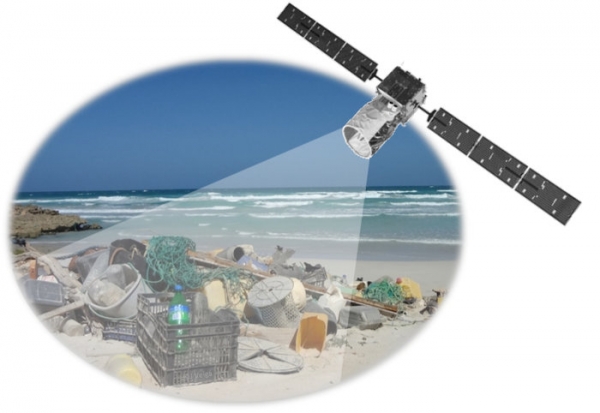
The millions of tonnes of plastic ending up in the oceans every year are a global challenge. ESA is responding by looking at the detection of marine plastic litter from space, potentially charting its highest concentrations and understanding the gigantic scale of the problem.
We dump around 10 million tonnes of plastic in the oceans annually. Though most conspicuous along coastlines, plastic litter is also found out in the open ocean and from the equator to the pole – even frozen in polar ice.
Gradually broken down into micro-fragments by weathering and waves, it is not only endangering marine animals but it is also entering the global food chain, with unknown long-term consequences for animal life and our own health.
“Indirect measurements from space are already used to get to grips with the marine plastic litter problem,” explains ESA’s Paolo Corradi, overseeing the project.
“For instance, satellite maps of ocean currents let us simulate accumulation of litter in vast ‘gyres’ within the Pacific, Atlantic and Indian Oceans.
“What we are now looking at in this new project is to assess the feasibility of direct optical measurement of seaborne plastic waste from satellites. This might sound like mission impossible, but there are reasons to believe it might be indeed doable, at least for certain concentrations.
“We’re not talking about actually spotting floating litter items but instead to identify a distinct spectral signature of plastic picked up from orbit, in the same way that processing software can today pick out concentrations of phytoplankton, suspended sediments and water-borne pollution.
This article has contributed by ESA


